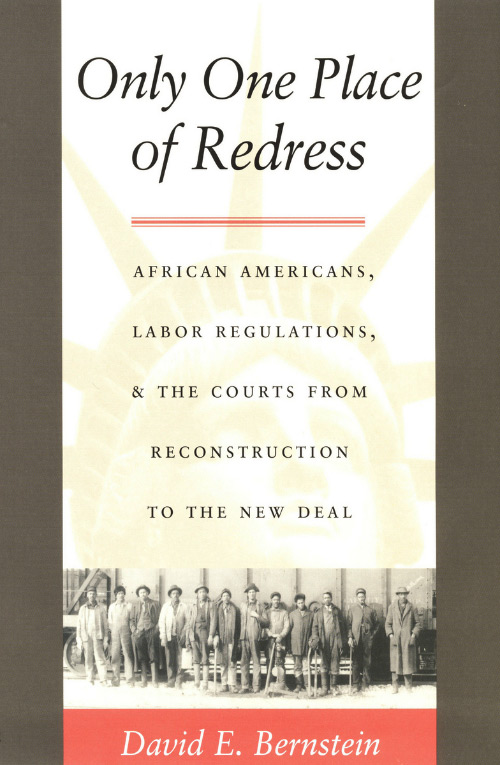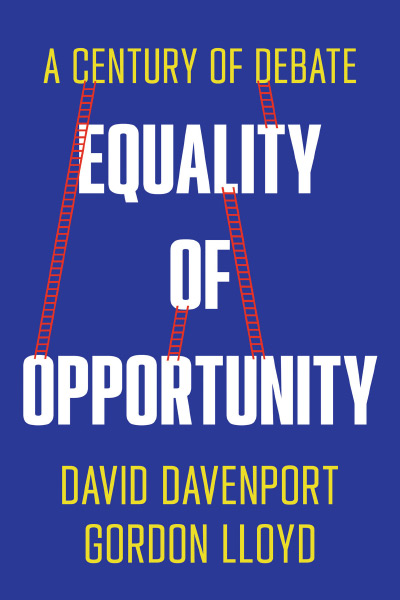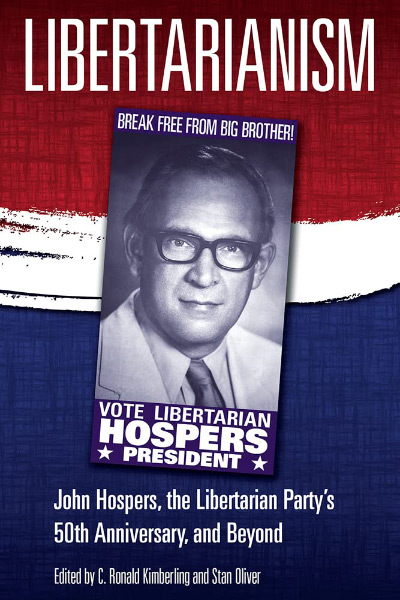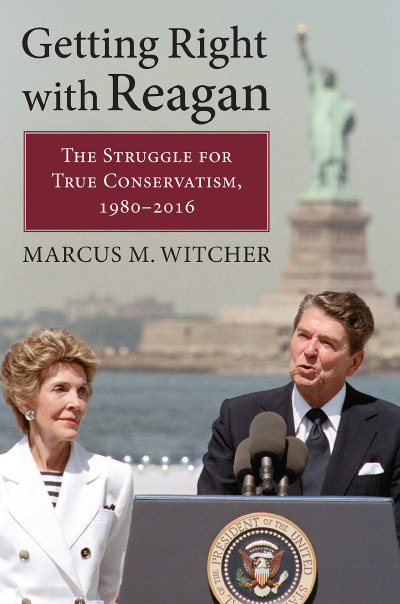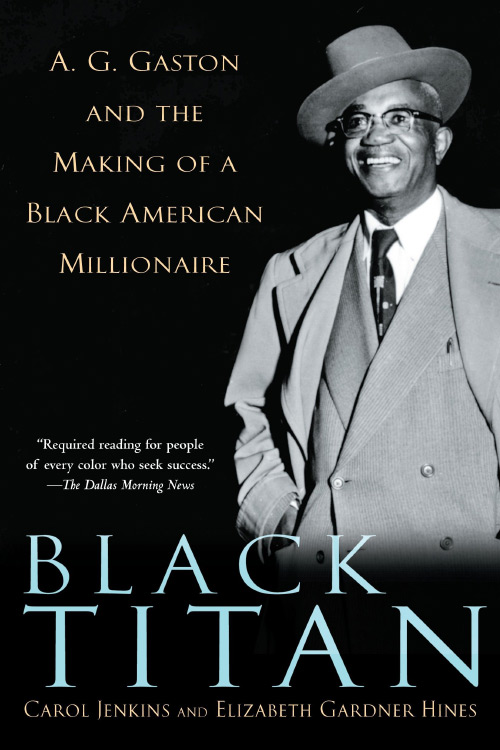The role of nonmarket discrimination in shaping the historical evolution of racial economic differences has long been a central issue in economic history and labor economics. In Only One Place of Redress, David E. Bernstein takes a fresh look at how labor regulations affected black economic status prior to the modern Civil Rights era. The overarching framework of the book is that of public-choice theory in the context of so-called Lochnerism. This term refers to Lochner v. New York, the famous 1905 U.S. Supreme Court decision that in a relative sense limited the ability of government to regulate contracts. The operative word here is relative because even during the Lochner era (1905–37) courts routinely did permit regulation that, according to Bernstein, significantly inhibited the ability of blacks to earn a living and to accumulate wealth. Because blacks were largely disenfranchised, their ability to use the political process to block government discrimination was circumscribed.
Only One Place of Redress has five substantive chapters. Chapter 1 focuses on the emigrant-agent laws enacted in the South after the Civil War. Emigrant agents arranged the transportation of individuals, often blacks, from a part of the South where labor was abundant to another part (or sometimes outside the region) where labor was scarce. Such agents were especially useful at a time when information about economic opportunities elsewhere might be limited and where potential migrants were unskilled and illiterate, as were many adult African Americans during Reconstruction. White planters in low-wage areas viewed the agents with horror for the obvious reason that if the agents were successful, wages would rise. The planters pressured governments to pass laws limiting the activities of the agents. One such agent appealed his conviction under a statute enacted in Morgan County, Georgia. When his appeal was rejected by the state supreme court, the case made its way to the U.S. Supreme Court. In 1903 (pre-Lochner), the Court ruled that governments did have the right to tax businesses, including emigrant agents, out of existence. Bernstein contends that in the wake of the decision, the activities of the agents were curtailed, and black geographic mobility—an important means of economic improvement—was diminished.
Chapter 2 takes aim at occupational licensure. Even when it was ostensibly the law, Lochner did relatively little to dissuade governments from licensing professionals. Bernstein adds the twist that in the first half of the twentieth century, licensing often directly or incidentally reduced the participation of African Americans in the relevant occupations. He considers three examples in some detail—plumbing, barbering, and medicine—arguing that in each case the absence of licensing would have created more opportunities for black economic advance.
Chapter 3 focuses on railroads. Railway unions, which routinely excluded black workers, are the historical villains in this discussion. Bernstein claims that blacks were willing to work for less than whites, providing an incentive for nondiscriminatory employers (railroads) to hire them. He celebrates the use of court-ordered injunctions supporting so-called yellow dog contracts (whereby workers pledged not to joint a union) during the Lochner era, claiming that such injunctions opened the door for the hiring of blacks. As Bernstein notes, for a while blacks increased their share of railroad employment. During World War I, however, the federal government required that white and black railroad workers be paid the same wages, which, Bernstein claims, reduced the incentive to hire blacks; in addition, the government curtailed the use of injunctions. After World War I, federal involvement in the railroads diminished in the short run. A few years later, however, passage of the Railway Act of 1926 opened the way for all railroad employees to be unionized. Unfortunately, the unions continued to exclude blacks, ending their discrimination only after employment in the industry had begun to experience a secular decline.
Chapter 4 continues the attack on unions by focusing on “prevailing wage laws” in construction. Bernstein examines the passage of the Davis-Bacon Act in 1931, which applied to federal contracting and which in its eventual implementation identified the prevailing wage with the union wage and favored the hiring of union labor, thereby discriminating against blacks who were excluded from the skilled trades.
Three other pieces of Depression-era legislation—the Wagner Act, the National Recovery Act, and the minimum-wage law—elicit Bernstein’s wrath in chapter 5. By establishing the right to bargain collectively, the Wagner Act institutionalized union discrimination against African Americans—although, as Bernstein notes, in the process of gaining certification under the act, some newly organizing unions accepted black members, albeit grudgingly. The National Recovery Act sought to implement a “high-wage” macroeconomic policy primarily in the South, where wages were low and where most African Americans lived. And finally, Bernstein accuses the minimum wage of its predictable disemployment effects, especially on black teenagers.
The conclusion presents a summary that emphasizes two broad implications of the analysis. First, economic historians have generally understated the importance of labor regulations as an impediment to black economic progress during the first half of the twentieth century. Second, insofar as Lochner-inspired jurisprudence counterbalanced government discrimination against blacks, Lochner does not deserve the bad press that it seems to have (currently) among legal scholars.
Overall, Only One Place of Redress is a mixed bag. The book is well written and clearly argued, the footnotes are extensive, and Bernstein has an impressive, if somewhat selective, command of secondary sources. These sources are used primarily to buttress points that he is making, as a lawyer would in a brief; that is, Bernstein does not engage in much source criticism, nor (with some exceptions) does he assess sources that might support alternative points of view. Two small but telling examples appear in chapters 4 and 5. Bernstein notes that during World War II the Fair Employment Practices Committee (FEPC) was set up “in response to complaints of discrimination in public works and other federal projects” (p. 82). He goes on to claim that at worst the FEPC was “completely ineffective,” and at best “it froze an unfavorable status quo.” However, a recent article by economic historian William Collins (“Race, Roosevelt, and Wartime Production: Fair Employment in World War II Labor Markets,” American Economic Review 91 [March 2001]: 272–86) shows that the FEPC had a statistically and economically significant positive effect on black employment (relative to whites) in the defense industry, although the positive impact was limited to nonsouthern states. Because the Collins article was published only recently, it may be churlish to expect Bernstein to be aware of it. However, to support his claim that the minimum wage should be held responsible “in part” for the post-1950 decline in black teen employment (p. 104), Bernstein cites the well-known article by John Cogan (“The Decline in Black Teenage Employment: 1950–1970,” American Economic Review 72 [September 1982]: 621–38 ) but neglects to cite an article by T. Aldrich Finegan and Robert A. Margo (“The Decline in Black Teenage Labor Force Participation in the South, 1900–1970: The Role of Schooling,” American Economic Review 83 [March 1983]: 234–47), which, among other things, shows that the post-1950 decline in black teen employment long predated the minimum wage.
These two examples are telling because they illustrate a significant shortcoming of Bernstein’s book: the failure to measure the “treatment effects” of the regulations he claims were important. He asserts that relevant quantitative data “are nearly impossible to gather” (p. 26, referring to emigrant-agent laws) or are “skewed” (p. 35, in the case of self-reported census occupational data, potentially relevant to studies of the effects of occupational licensure). He claims that economists have devoted “little attention” to the formal modeling of government discrimination, but that even if they had, it is not “clear” that any such models “will be of much assistance” (p. 113). Quoting Price Fishback, Bernstein argues that ”’[t]he impact of most forms of government discrimination cannot generally be measured’” (p. 113). Yet time and again labor economists and economic historians (such as Fishback and his colleague Shawn Kantor) have demonstrated—through deep immersion in primary sources, attention to institutional detail, and careful use of economic theory and econometrics—that it is often possible to measure credibly the economic impact of regulation. Bernstein may be right in his particular application, but I would be far more persuaded if the book contained a single attempt at measurement. Because it does not, my own assessment of the relative importance of labor regulations as a historical impediment to black progress—that they are not very important compared with various legacies of slavery and educational discrimination—has not changed.
Only One Place of Redress contains a wealth of useful information about specific types of nonmarket discrimination against African Americans and a wealth of useful references to court cases and to the secondary literature. Therefore, although Bernstein himself has not measured the impact of the labor regulations under his scrutiny, scholars who want to do so will have to read his book.
| Other Independent Review articles by Stephen E. Margolis | |
| Fall 2019 | Harold Demsetz: Preferring Reality to Nirvana |
| Summer 2006 | Digital Phoenix: Why the Information Economy Collapsed and How It Will Rise Again |


